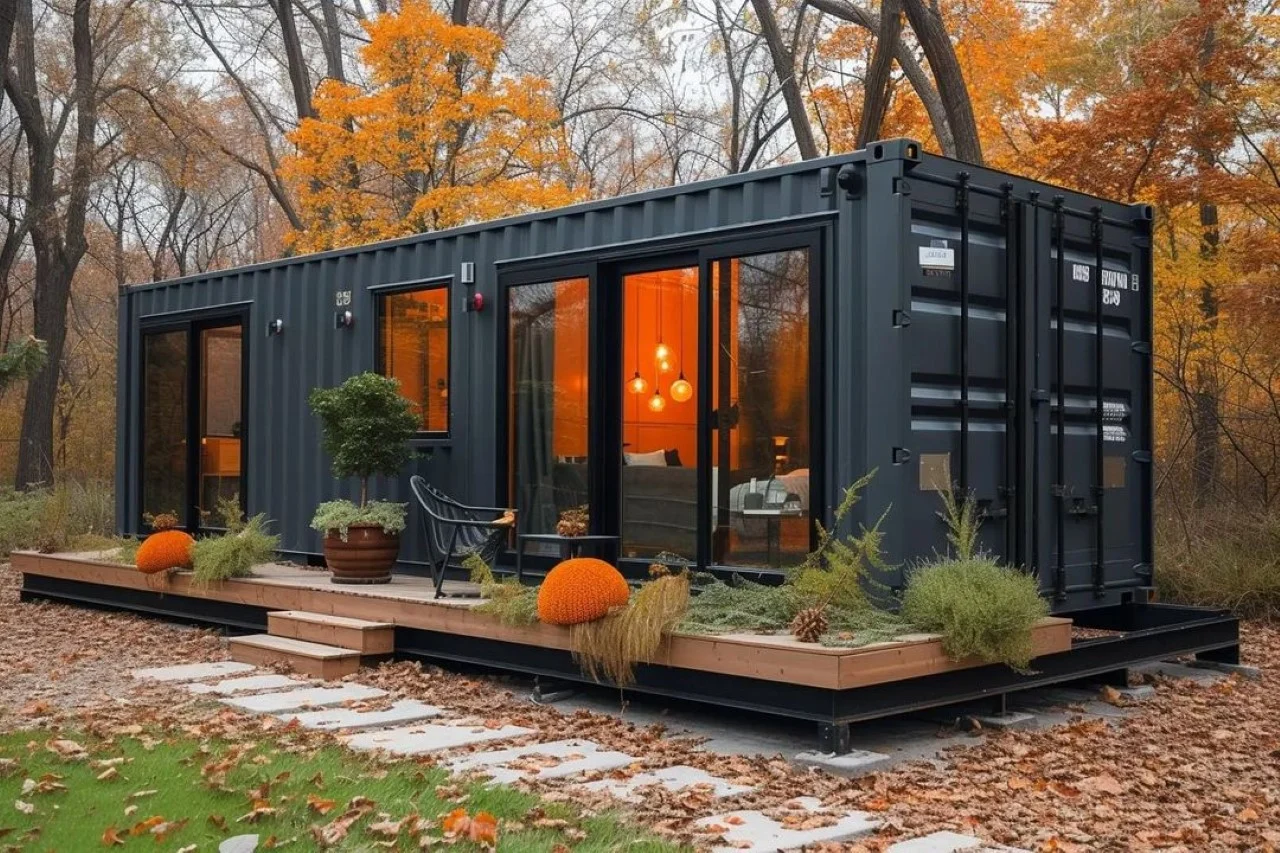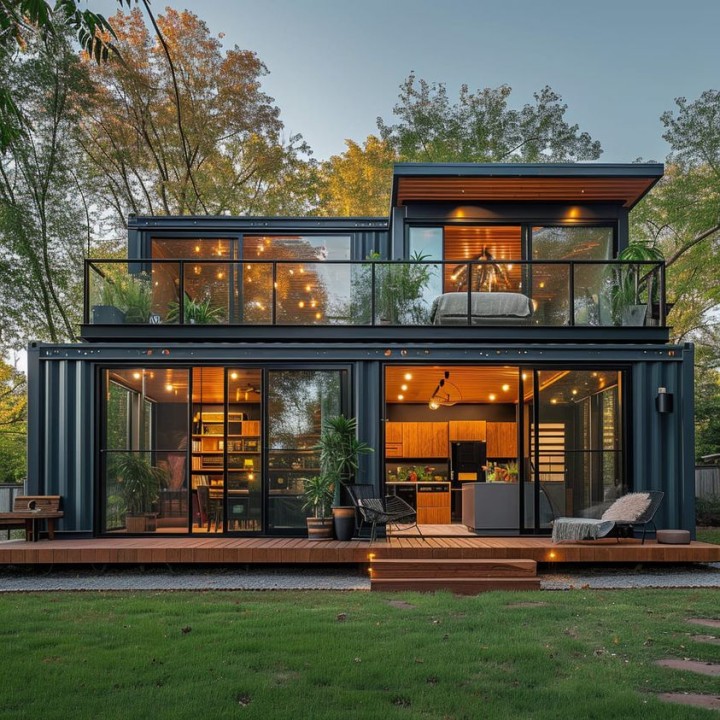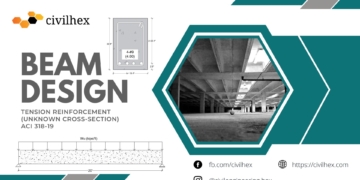Introduction
In the 1950s, Malcolm McLean introduced a modular design that revolutionized the shipping industry by simplifying the loading and unloading process. His innovation made transferring goods between trains, trucks, and ships easier. Today, many of the world’s 20 million shipping containers are being repurposed into homes, offices, schools, shops, and more.

Advantages of Container Architecture
Cost-Effectiveness: Shipping containers are generally inexpensive, as many shipping companies find it more economical to sell unused containers rather than return them to their origin.
Durability and Strength: Containers are built to withstand harsh weather, fire, and heavy loads, making them incredibly robust. Their ability to be easily stacked also makes them ideal for creating multistory structures.
Modularity and Stackability: The design of shipping containers allows for easy stacking, which is perfect for constructing multilevel buildings. This modularity provides flexibility and scalability in architectural design.

Aesthetic and Sustainable Appeal
Industrial Aesthetic: The painted metal of shipping containers offers a trendy industrial look that many people find appealing, similar to converted factories with exposed materials.
Environmental Benefits: Reusing shipping containers is more sustainable than recycling them, as melting them down is energy-intensive. Repurposing these containers as building materials helps reduce environmental impact.
Mobility and Modularity: Some container architecture projects take advantage of the containers’ mobility, allowing for flexible and adaptable designs that can be moved and modified as needed.

DIY and Standardization Trends
Online Guides and Resources: For those interested in DIY projects, numerous online resources provide guidance on buying and converting shipping containers into homes.
Evolving Standards and Codes: As more people explore container architecture, standardized methods for modifications are emerging. These methods help streamline permitting processes and ensure code compliance, paving the way for future container-based projects.

Criticism and Challenges
Practical Concerns and Criticisms: Despite their advantages, shipping containers have their critics. Design critic Theodore Grunewald likens them to early International Style’s pipe railings—valued more for aesthetics than practicality. Professor Richard Williams points out that containers are designed for transporting goods, not people. “Without significant modifications, they can be dark, damp, airless, and poorly insulated.”
Climate Control and Insulation Issues: Metal containers are poor insulators, leading to uncomfortable living conditions without proper retrofitting. Addressing these issues can add time, cost, and environmental impacts to projects.
Context-Dependent Suitability: The benefits of containers vary depending on location and project needs. While ideal in some climates, they might not be suitable everywhere.

Innovative and Practical Applications
Repeatable and Modular Solutions: Companies are developing materials and methods specifically for container structures, including insulation, plumbing, and electrical systems. These solutions make construction faster and more efficient than traditional methods.
Examples of Large-Scale Projects: Municipal authorities and commercial firms recognize the benefits of container architecture. Large projects, including emergency shelters, group homes, community centers, industrial parks, and office complexes, demonstrate their practical applications.
Community and Emergency Uses: Containers are increasingly used for community projects and emergency housing, showcasing their versatility and quick deployment capabilities.

Future of Cargotecture
Ambitious Concepts and Designs: Some innovative ideas, like container skyscrapers and mobile apartments, are still on the drawing board. These ambitious projects highlight the potential for growth and creativity within container architecture.
Potential for Growth and Adaptation: As container architecture evolves, the possibilities for new designs expand. Advancements in technology and methods will likely lead to more innovative uses.
Evolving Trends and Technologies: The trend toward sustainable and modular building solutions is expected to grow, with container architecture playing a significant role in the future of construction.


Conclusion
Shipping containers have transformed from simple cargo carriers into versatile building blocks for modern architecture. Despite some criticisms and challenges, their affordability, durability, and modularity make them a compelling option for sustainable construction. As more projects are completed and new technologies emerge, container architecture will likely continue to gain popularity and influence the future of building design.



























